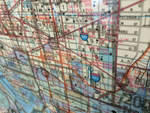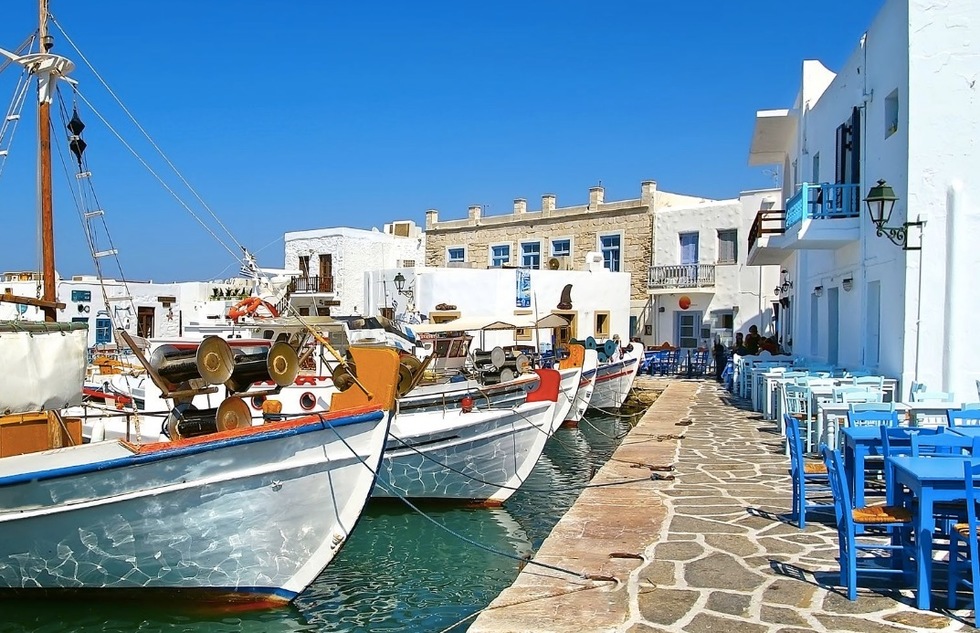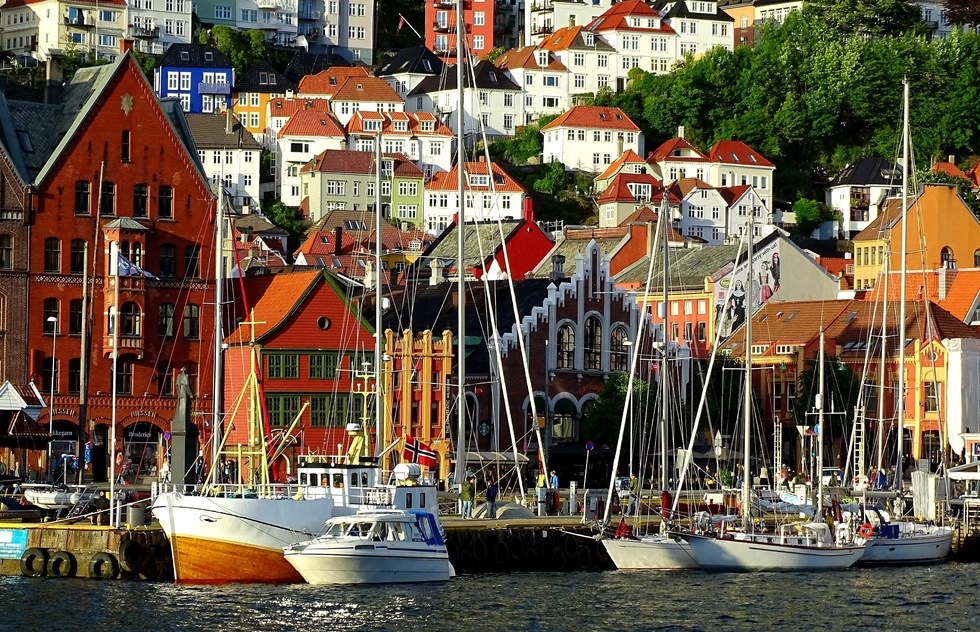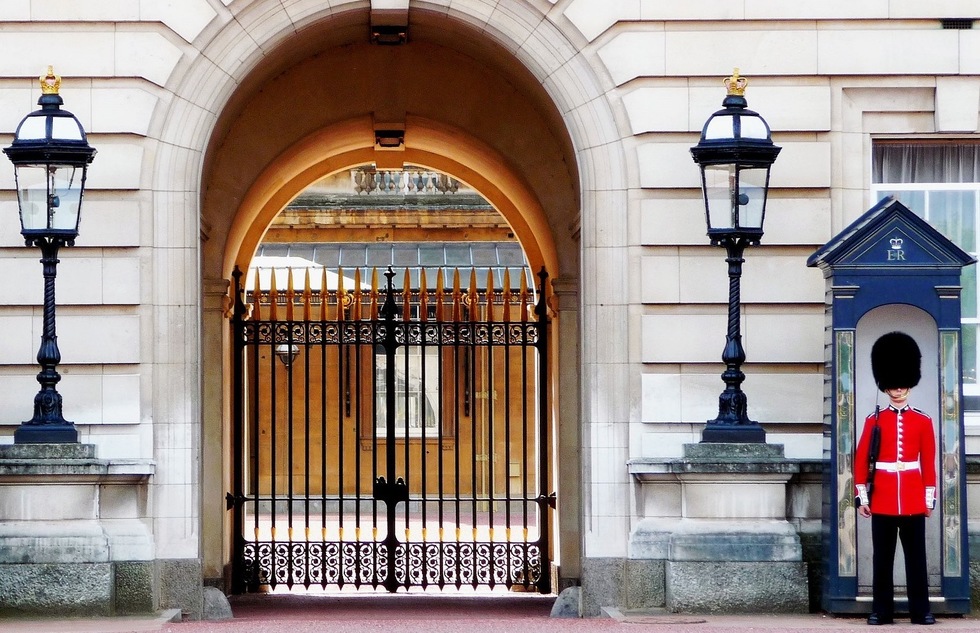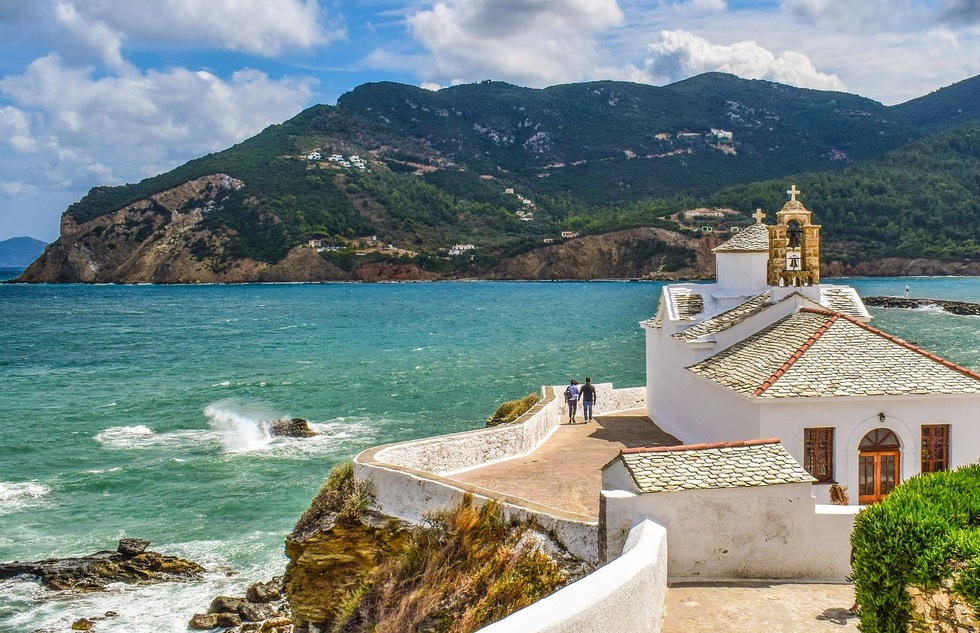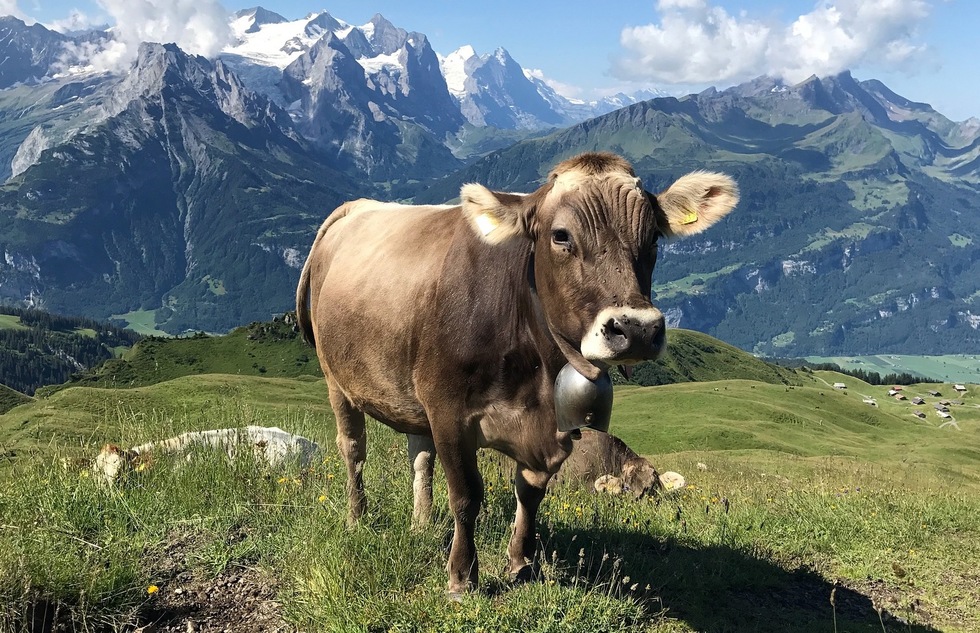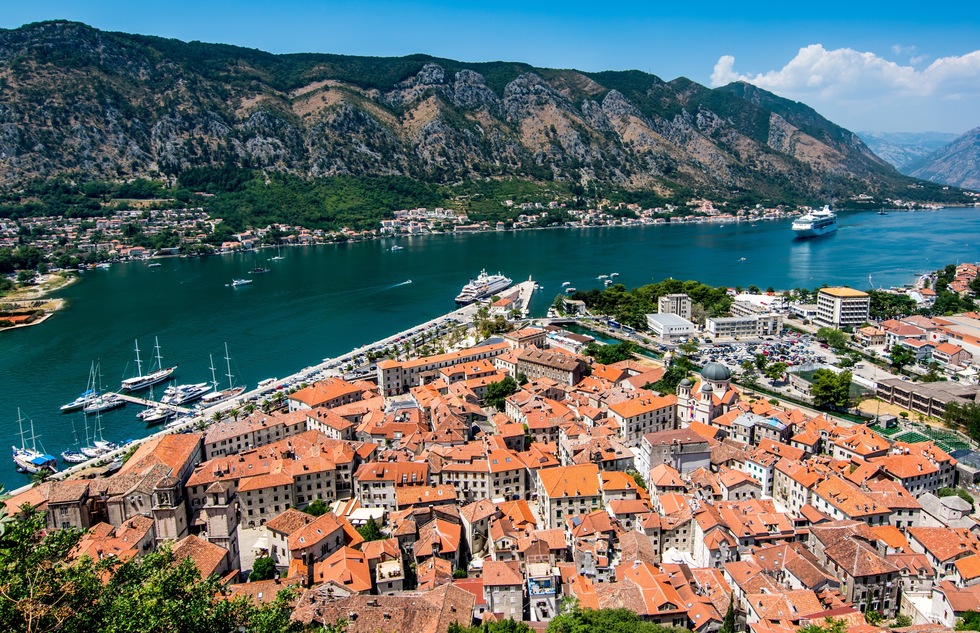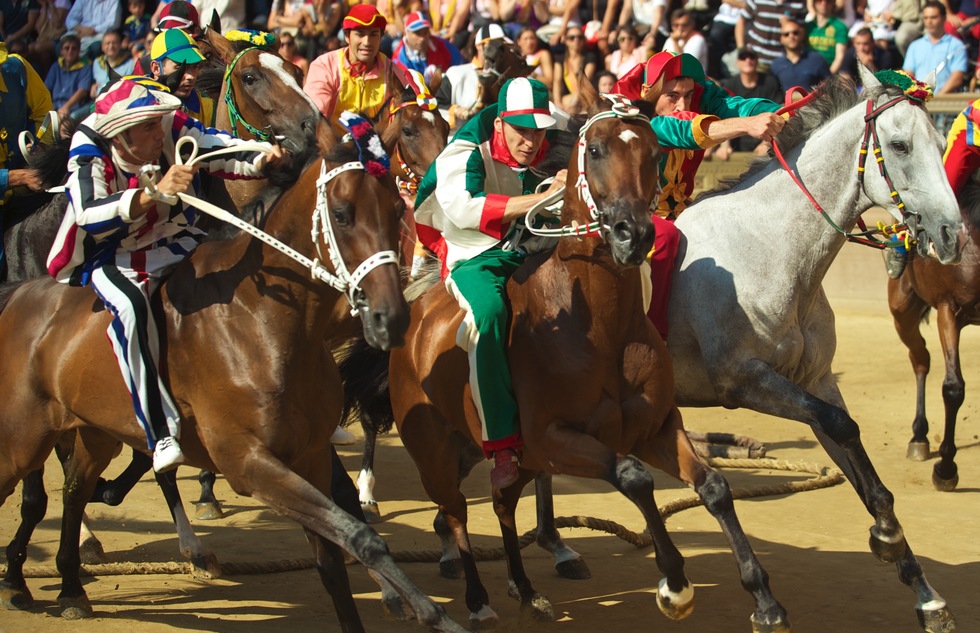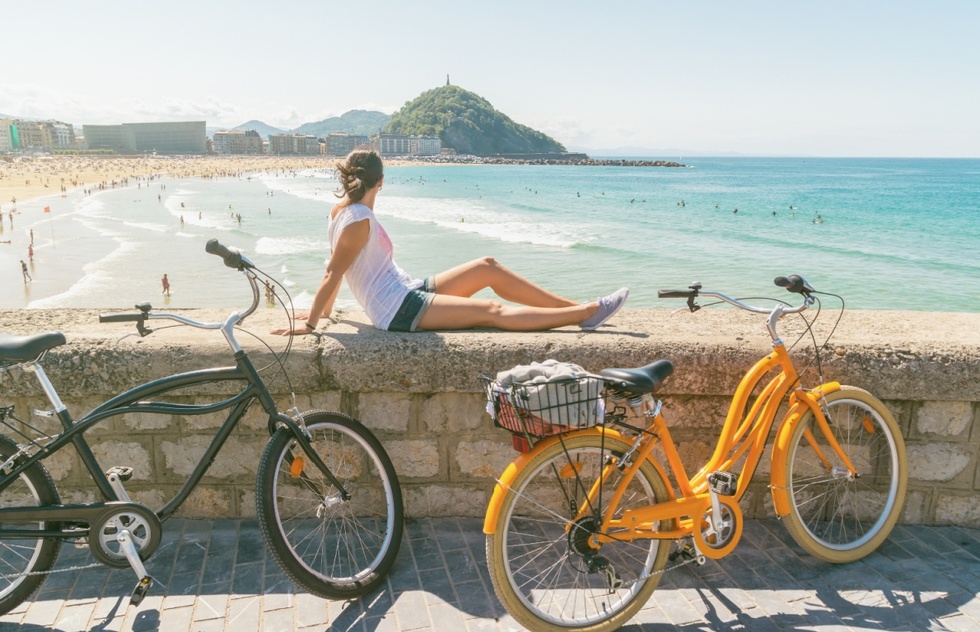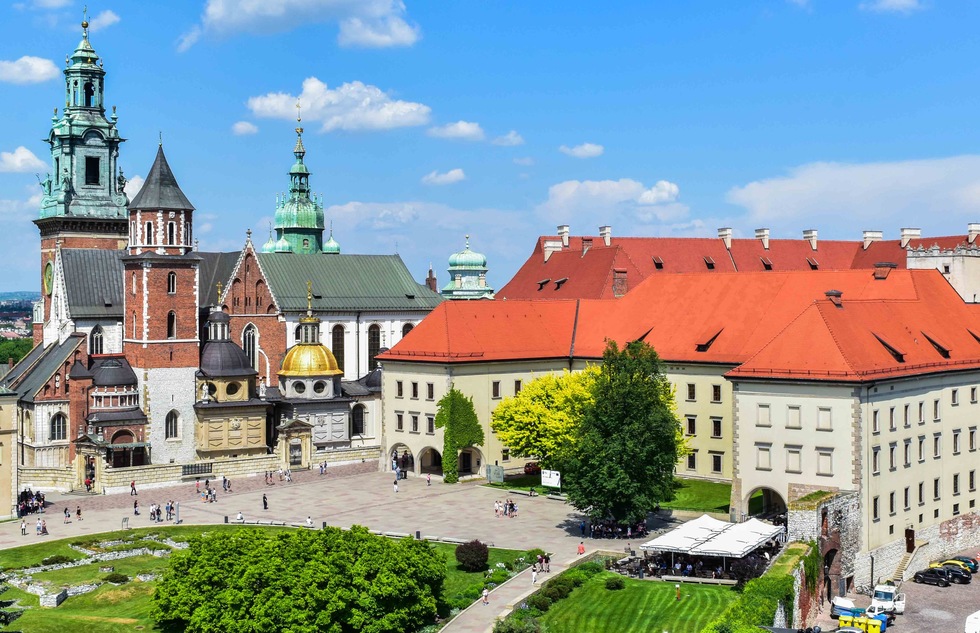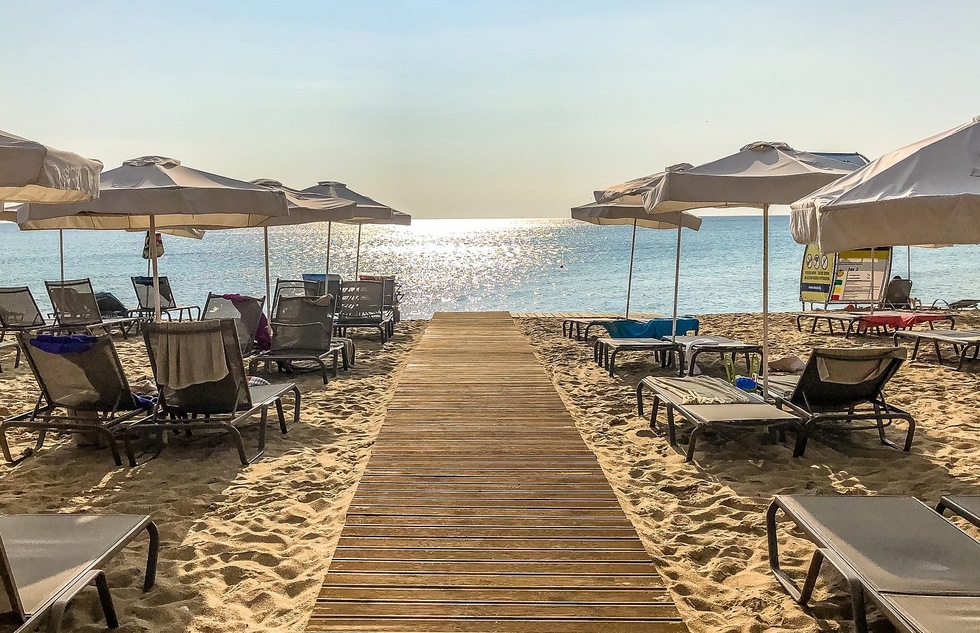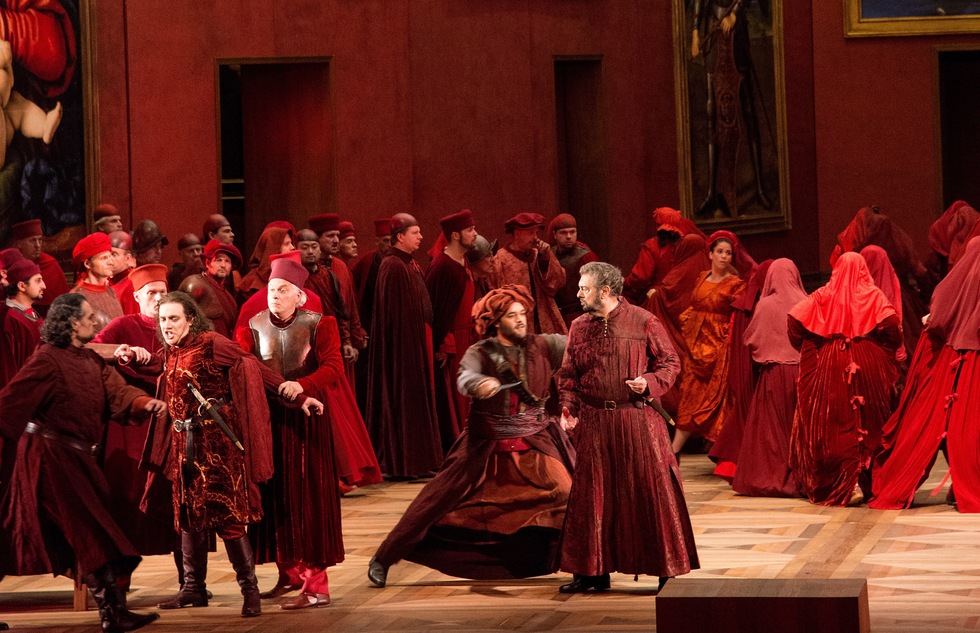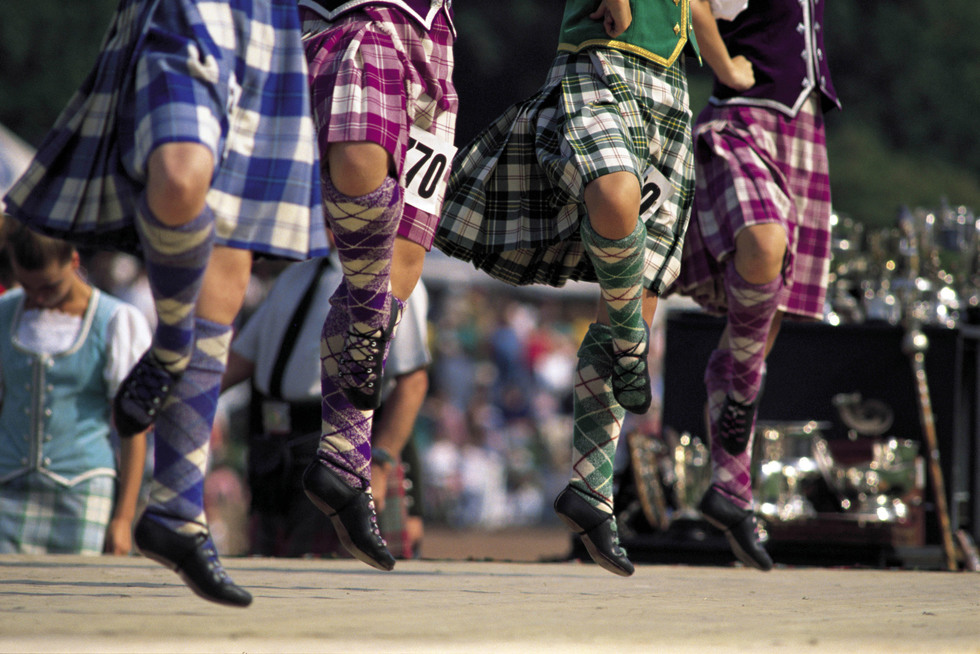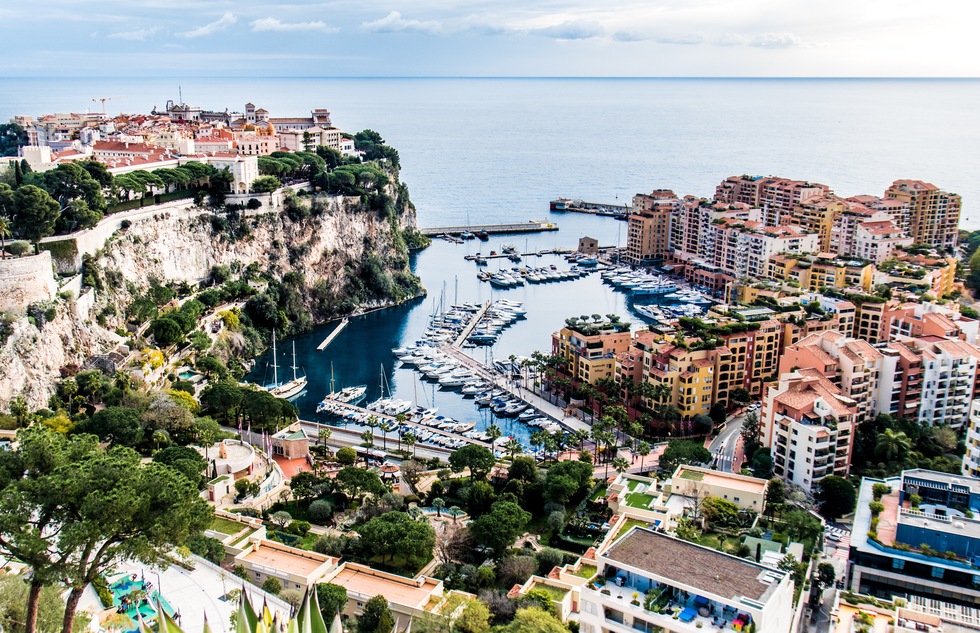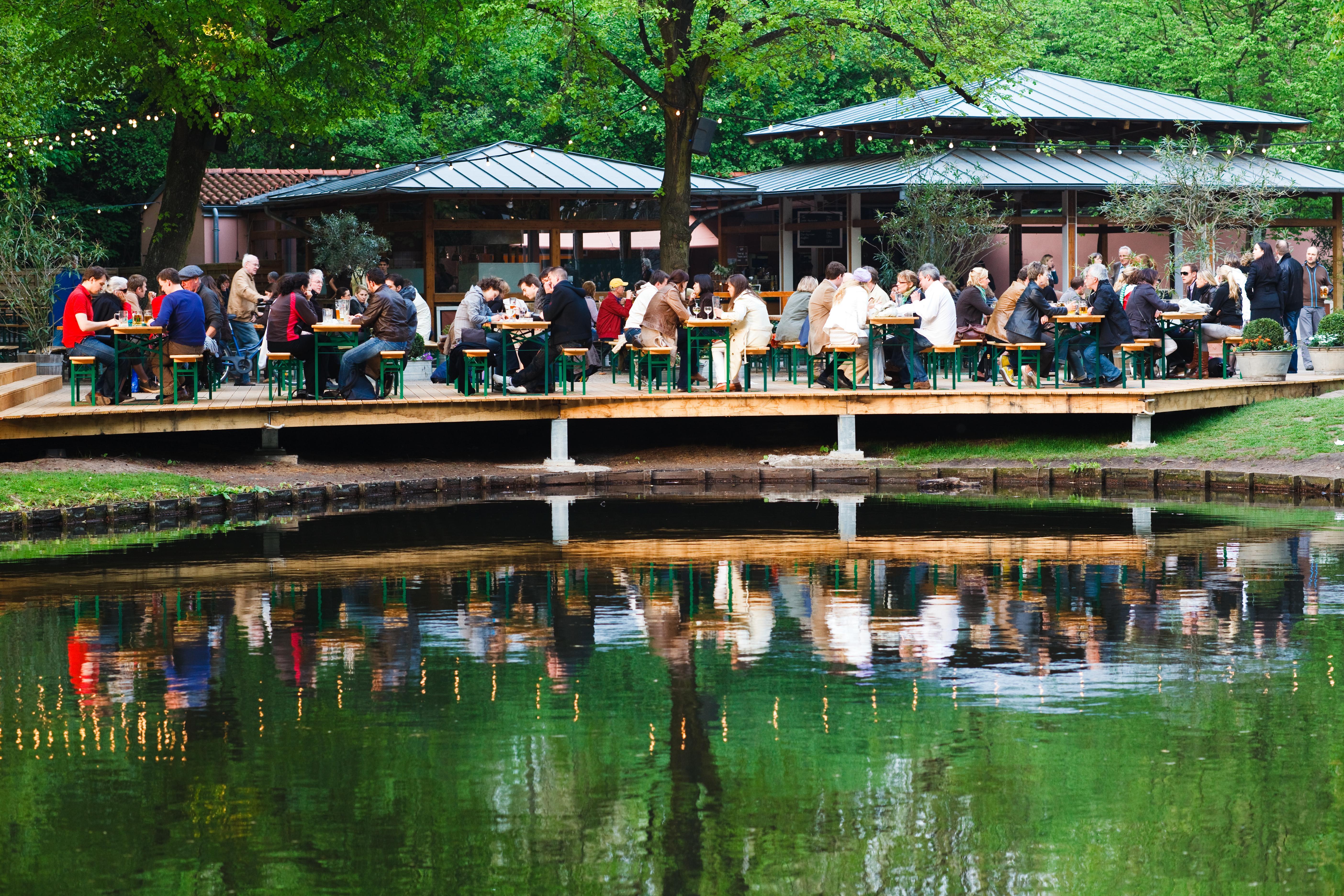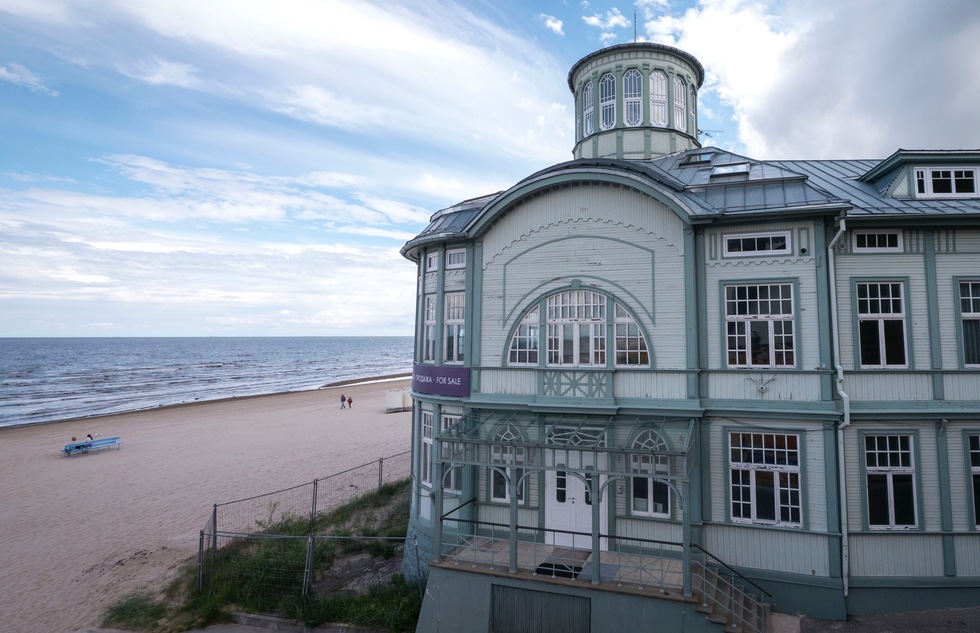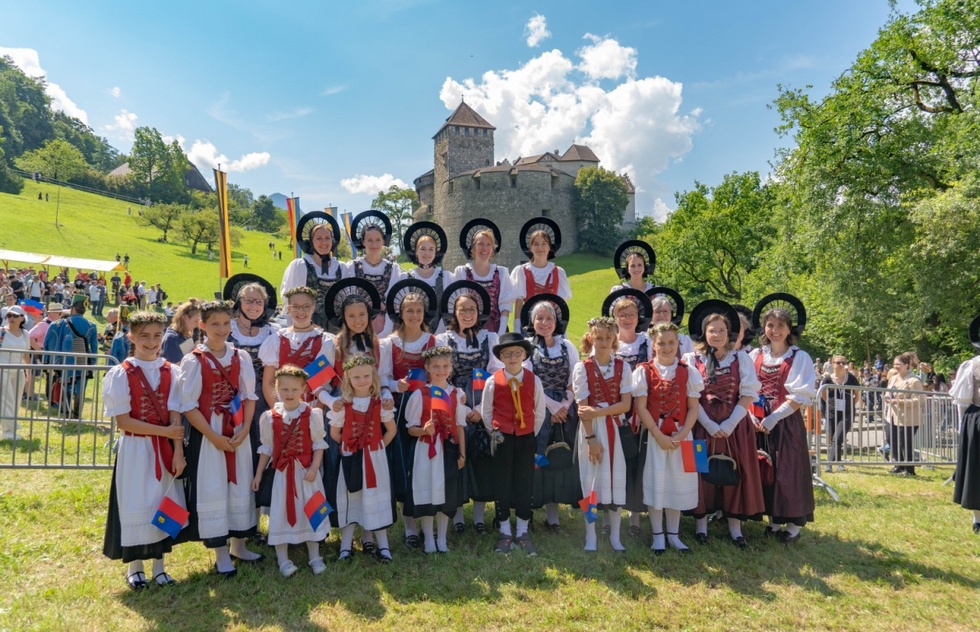Best Summer Destinations in Europe: Where to Go in 2024
By Frommer's StaffUpdated March 18, 2024
Many travel pros will tell you to save Europe for the late spring or early fall in order to avoid extreme temperatures and summer crowds. But an international vacation at the end of September isn’t always feasible for those who have kids in school, are students themselves, want to attend a particular outdoor music fest, or crave the sunny, extroverted atmosphere of beaches and clubs in popular coastal towns.
Besides, some places are simply better in June, July, and August. We're thinking of northern regions living it up before the winter chill sets in, cultural capitals hosting can’t-miss arts events, and beaches that are justly famous or—believe it or not—still undiscovered.
No matter what kind of traveler you are, our continent-spanning roundup of European warm-weather destinations will help you have the best summer ever. Who says you can’t hit your peak during peak travel season?
Pictured above: Paros, Greece
For more seasonal travel inspiration, take a look at our roundup of the best summer destinations in the United States.
In Sweden, Norway, and Denmark, summer pretty much means July. Scandinavia’s clearest weather and longest spells of sunlight don’t arrive until the end of June, and they’re gone by the middle of August. That creates an infectious, seize-the-day feeling in seaside spots such as Denmark’s West Jutland, where the North Sea batters windswept beaches amid sand dunes, heathland, and the artsy towns of Herning and Esbjerg.
A Swedish alternative is the southwestern Bohuslän Coast; the region’s renowned shellfish, colorfully painted fishing villages, and lumpy, pinkish granite cliffs add up to a vibe that’s part Maine, part moon. Over in Norway, Hurtigruten’s midsize passenger ships show off fjords slicing through towering peaks, with stops to see the traditional wooden houses in Bergen (pictured), Viking-built Trondheim, and, in the Arctic Circle, the sun at midnight.
In August, the Windsors pack their suitcases and depart London for their hereditary manse in Scotland, leaving the gates of Buckingham Palace (pictured above) unlocked for tourists. You can't poke around the monarch's sock drawer, but you will see a sprawling royal residence with resplendent gardens and stately decor that was overseen by Queen Victoria.
The Palace of Westminster, underneath Big Ben, was home to England's kings for 500 years; now it's where Parliament meets. In summer, when politicians go on holiday, you can explore this storied governmental seat on guided tours.
On the summer solstice (June 21 or thereabouts), perhaps the most exalted place to be is Stonehenge near Salisbury. That day, when the first beams of morning light rise behind the Heel Stone and are channeled into the center of the circle, is one of the few times the public is permitted to cross the security barriers and mingle with the rocks—a once-in-a-lifetime sunrise communion with the Neolithic kings of yore.
We know we don’t have to make a case for the Greek isles’ dazzling beaches, rugged cliffs, and whitewashed villages. After all, you’ve seen Mamma Mia!, right? Though peak season in Greece has gotten hotter, more expensive, and more crowded in recent years, the islands remain one of the great Mediterranean summer destinations. To make things easier on yourself, consider going in June instead of August and avoid the ultra-popular Crete, Mykonos, and Santorini.
That still leaves more than 200 inhabited isles to choose from—an overwhelming buffet of beauty that first-timers might want to sample via a multistop island-hopping cruise. The Cyclades chain has the most iconic blue-and-white scenery, from honeymoon-ready beaches on Naxos and Milos (of armless Venus fame) to the traditional villages and volcanic rock formations of Paros. Farther north in the Aegean Sea float the Sporades islands of Skopelos (pictured above) and Skiathos, where you’ll find golden sand, forests, and, according to Hollywood, spontaneous outbursts of Abba.
Come summer, the cows at many farms across Switzerland move out of their barn stalls to graze at higher pastures for the season. Why should you care? Because farmers clean out those empty stalls, fill them with fresh, sweet-smelling hay, and invite travelers to sleep there.
It’s an unusual and very affordable way to stay in this pricey country. Called Schlaf Im Stroh in the German-speaking areas of the country and aventure sur la paille in the French parts, scores of farms offer this service, most charging fees comparable to hostel rates. Typically, travelers hike from farm to farm, taking in some of the most stunning landscapes in Switzerland along the way.
Thanks to frequent cruise stops and scene-stealing shots of Dubrovnik in movies and TV shows, Croatia has become a top draw in southern Europe. For similar scenery with smaller crowds, head a little farther down the Adriatic coast to neighboring Montenegro. The Balkan nation’s mountainous interior features glacial lakes, the 82km (51-mile)-long Tara Canyon, and the eponymous river that’s responsible for it—as well as some renowned whitewater rafting.
On the coast, the sea sparkles next to medieval churches and resort towns such as glamorous Budva, with its yacht-dotted shoreline and Venetian pedigree, and the walled city of Kotor (pictured above), a UNESCO World Heritage Site situated along a deep bay resembling a fjord. The place looks like King’s Landing of Game of Thrones airlifted into Norway. But with warm weather.
Tuscany’s summer festivals are a good reason to brave high season. If you’re set on attending the chaotic Palio, Siena’s famous bareback horse races (pictured above) in July and August, consider witnessing the trial runs instead of the main event for slightly less madness.
Looking for a more peaceful Tuscan holiday? Go to Lucca, where you can bike the historic city walls when not sampling the local olive oil. The annual Puccini Festival (July–August) honors Lucca’s native son, while the Lucca Summer Festival (June–July) hosts contemporary music acts.
In July, the vinous hill town of Montepulciano showcases theater, dance, and music in the Cantiere Internazionale d’Arte, and in August, racers roll 176-pound wine barrels up steep streets in the Bravio delle Botti. Oenophiles shouldn’t miss the Calici di Stelle, when wineries nationwide celebrate the “night of the shooting stars” in August with a week of tours, tastings, and music. What better place than Tuscany to contemplate the heavens, glass in hand?
If summer means beaches, then this resort town in northern Spain’s Basque Country is easily one of Europe’s summer hubs. Crescent-shaped Playa de la Concha ranks among the continent’s most famous stretches of sand—and for good reason. Flanked by hills, it curves elegantly between the Bay of Biscay and the heart of the city.
Savor the view in close-up from a beach blanket or from the seaside promenade, or opt for panoramas atop the mountains of Urgull and Ulia. Surfing in the bay and taking a scenic drive into neighboring France should give you that summer feeling, too.
After sundown, glory in San Sebastián’s other claim to fame: a food scene that rivals Paris when it comes to the accumulation of Michelin stars. Whatever you do, don’t miss out on the array of pintxos bars serving up Basque Country’s bite-size answer to tapas. You’ll have lots of company from European tourists this time of year, but the weather is too chilly for beachgoing in other seasons.
Winters can be long and punishing in Poland, but summers are exuberant, especially in Krakow. It was one of the few Polish cities that wasn't leveled during World War II, so there's an exquisitely well-preserved historic core centered on Rynek Główny, one of the largest medieval market squares in Europe. In summer, this vast plaza is taken over by street performers, open-air cafes, and horse-drawn carriages that clip-clop over the cobblestones.
The city hosts a wide range of special summer events, from the weeklong Jewish Culture Festival in June to other gatherings dedicated to music, dance, and film. In between all the performances, visitors can tour historic museums, the imposing Wawel Castle and Cathedral (pictured above), the former Jewish ghetto, and a salt mine beautified with high-sodium sculptures and friezes. Most travelers take a somber day trip to the nearby Auschwitz concentration camp as well.
Bargain hunters can’t do much better than Bulgaria. The low hotel rates leave plenty of room in your budget for restaurant dinners (also cheap) and drinks (ditto) in the rowdy clubs at coastal retreats such as Golden Sands and Sunny Beach. Additional selling points for those places are right there in the names.
But there’s more to the region than sunbathing and barhopping. Bulgaria’s long history and varied cultural influences are represented by Thracian, Greek, and Roman antiquities at the Varna Archaeological Museum, Byzantine ruins and medieval churches in Nesebar, and the occasional Soviet-era chunk of concrete appearing out of nowhere like a bulky ghost of the 20th century.
Very few undeveloped spots remain along the coast, but one shining exception is Karadere Beach, a secluded sanctuary of sand and surf bordered by forests and vineyards. There are no major resorts to speak of, but you can camp for free.
In the summer, Europe is the Spotify of continents, staging an endless stream of music festivals featuring a multitude of artists across every conceivable genre. Belgium’s indie-focused Pukkelpop (mid-August), the North Sea Jazz Festival in the Dutch city of Rotterdam (mid-July), and the rock, pop, and everything-else extravaganza known as the Glastonbury Festival in Somerset, England (late June), draw some of the biggest names—and the biggest crowds.
For classical music fans, though, Europe’s most enticing lure is the Salzburg Festival, a monthlong event (starting mid-July) during which Mozart’s hometown showcases operas and concerts performed by musicians from around the world. In the daytime, visitors can play von Trapp in Austria’s surrounding Salzkammergut, a region of sparkling lakes, green hills, and schnitzel-hawking Alpine villages.
Pictured above: a scene from Verdi's Il Trovatore at the 2014 Salzburg Festival
While we’re on the subject of festivals, we can’t leave out Edinburgh. Each August, Scotland’s hilly castle city hosts the largest performing arts gathering in the world. That encompasses the Edinburgh International Festival, with its highbrow classical music, dance, and drama, as well as the precision fife-and-drumming on display in the Royal Edinburgh Military Tattoo.
But those events are dwarfed by the Edinburgh Festival Fringe, which launched in 1947 as an alternative to the main festival and has since expanded to more than 3,000 shows—theater, comedy, musicals, kids’ productions, dance pieces, and unclassifiable experimental whatsits—performed by global artists at every stage of their careers in a multitude of venues across the city.
Invigorated by that artistic binge, head north into the Scottish Highlands to attend traditional Highland Games held in villages such as Braemar and Crieff on weekends from May to September. In between displays of brute strength (log tossing, tug-of-war contests, and the like), clans celebrate all things Scottish, from bagpipes to kilts. Hope you like plaid.
There's no more apt season than summer to sample the glittering Côte d'Azur, and no part of it exemplifies Mediterranean luxury better than Monaco. When the seas are warm, ultrarich Europeans who look like they came straight from a James Bond casting call arrive on their multimillion-euro yachts to hobnob at the palatial Casino de Monte-Carlo, established in 1863.
Across 4 nights in July and August, one of the world's most impressive international fireworks competitions makes the skies above this cliff-ringed setting almost as dazzling as the jewels adorning the vacationers at eye level. You may not be able to afford a room in a city where the phrase "penny slots" will only earn you cold shoulders, but that's all right. Italy is only a 30-minute drive east, while a 30-minute drive west (through towns like Beaulieu-sur-Mer, an inspiration for the high-life comedy classic Dirty Rotten Scoundrels), puts you in Nice, the bustling (and more affordable) seat of the lustrous French Riviera.
In the spring, the Grand Prix makes Monaco overcrowded, and in autumn they're sweeping up the confetti from high season. That leaves summer as the prime time to raise a glass here.
Some European capitals slow down in August, the month when urban dwellers traditionally decamp for the seashore. But Berliners buck that trend, sticking around for one great cultural event after another.
One of the biggest is Berlin Beer Week, a celebration of Germany’s favorite beverage with food, music, and thousands of brews from all over the world—Bavaria to Vietnam. Around the same time, the city also hosts festivals for youth symphonies, contemporary dance, experimental pop music, and, at the German-American Folk Festival, the “American way of life” (expect lots of cowboys).
What’s more, pleasant temperatures will make you want to linger outdoors, whether at free concerts and movie screenings or picnics in the beloved Tiergarten (pictured above), which belongs on any shortlist of the world’s best city parks.
Latvia, Estonia, and Lithuania historically experience frigid winters, but from May to September, you can make like old-school Russian nobility and vacation in the classic resort towns along the Baltic Sea. One of the best-preserved destinations is Latvia’s Jūrmala (pictured); here, wooden art-nouveau villas and bathhouses abut sandy beaches just outside the artsy capital city of Riga.
Pärnu in southwestern Estonia offers expansive beaches, historic spas, and, according to local lore, the promise of eternal love for couples who kiss at the end of the Pärnu seawall. For peace and quiet, try Lithuania’s Nida on the Curonian Spit, a long, thin finger of shifting sand dunes, untamed nature reserves, and historic sites such as the former summer home of German author Thomas Mann.
Like Teller of Penn and Teller, Liechtenstein is small but magical. Squeezed in between Switzerland and Austria, it’s a land of Alps and fairy-tale castles, one of which is still inhabited by a reigning monarch.
Those royal digs can be found on a hilltop overlooking the capital, Vaduz. The compound is closed to the public except for one day a year—National Day, August 15—when the gardens are opened by the princely family for an all-are-welcome reception with free beer (2022's celebration is pictured above). The day’s festivities culminate in a huge fireworks display.
Elsewhere, summertime visitors can hike and bike along the Rhine River and on alpine trails connecting meadows, villages, and impressive sights such as Gutenberg Castle, a medieval bastion that hosts cultural events and welcomes visitors into its courtyard, chapel, and rose garden. Because the nation is so tiny, it's easy to cover in a short time (here's our itinerary for seeing Liechtenstein in a single day).



